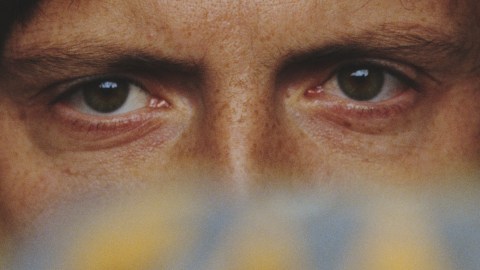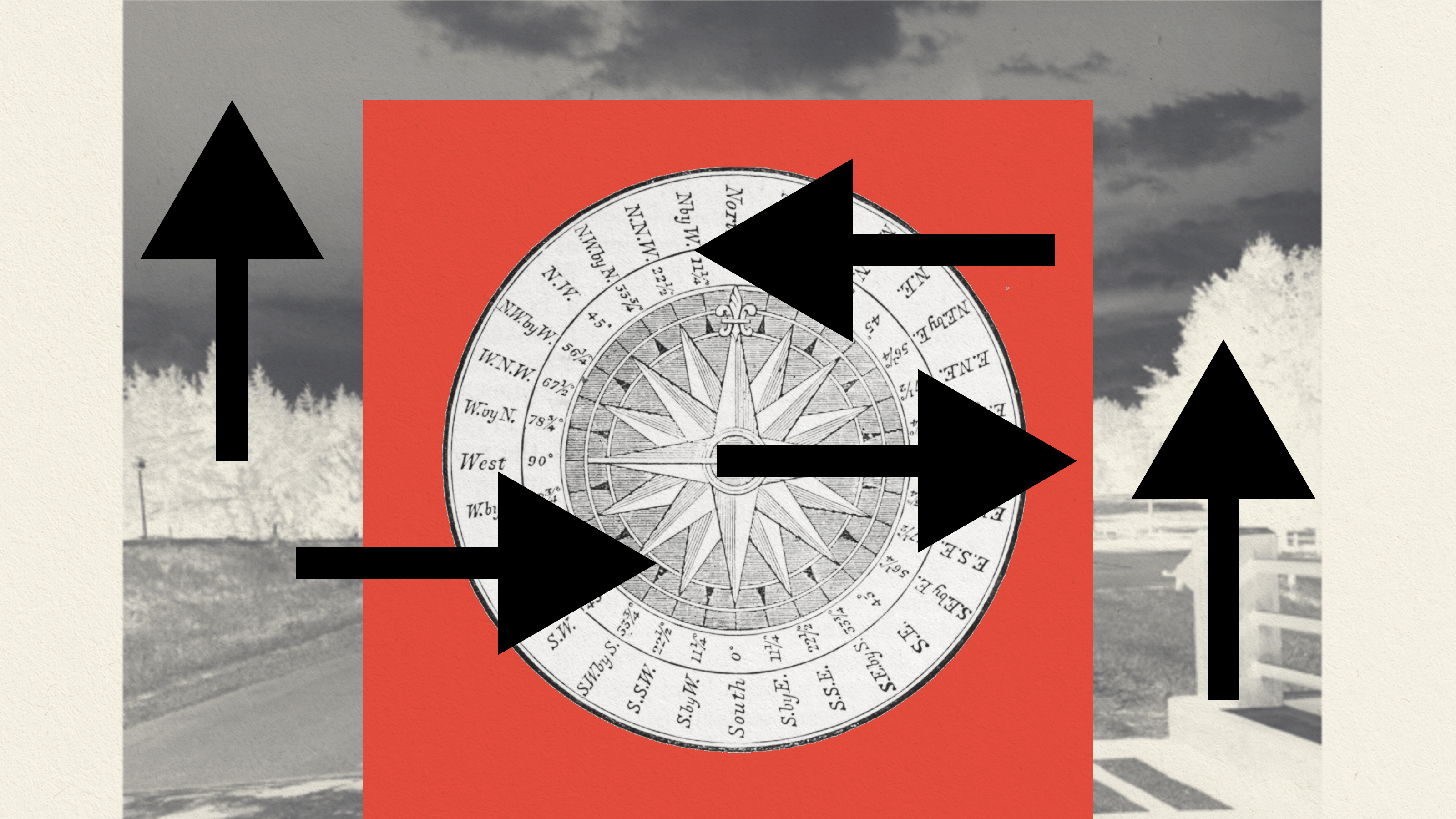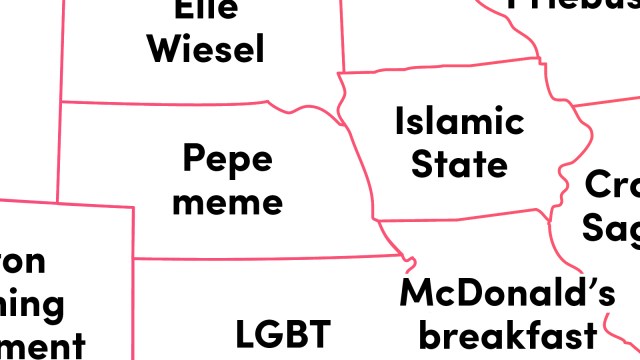Researchers Discover Why It’s Hard to Maintain Eye Contact During Conversation

In many countries and regions of the world, take East Asia for instance, looking someone in the eye is considered rude. If that person is above you on the social hierarchy, say a professor, parent, or boss, doing so can be considered defiant. In the West however, maintaining eye contact is a sign of respect and earnestness. Avoiding eye contact is thought to be for a reason, such as you are lying, anxious, socially awkward, guilty, or untrustworthy. Sometimes it even telegraphs boredom with the topic of discussion.
Adults make eye contact through 30-60% of a conversation, on average. Those who have a stake in it maintain eye contact 60-70% of the time. Now, a new study in the journal Cognitionfinds that those who occasionally have trouble maintaining eye contact do so merely because they’re cogitating.
Scientists at Kyoto University in Japan discovered that maintaining eye contact while processing what a person is saying is sometimes taxing on the brain. The brain finds it difficult to “share cognitive resources,” and so one breaks eye contact in order to better process what’s being said. The problem centers in the verbal processing portion of the brain. Here, both selection and retrieval of words occurs.
To understand the reason why face-to-face conversationalists sometimes break eye contact, researchers recruited 26 volunteers. Each was asked to play a word-association game which entailed staring into a series of faces projected on a computer screen. Some looked right at the person, while others looked away. Here when a noun was selected, say frisbee, a volunteer was asked to reply with a verb, say catch.
Sometimes volunteers maintained eye contact when playing the game. At other times, they looked away. Researchers were sure to pick both easy and hard associations. “Leaf” and “sky” were among the more difficult ones. Investigators noted how long it took for participants to respond and how often they broke eye contact. They took more time to respond to difficult questions, as one might imagine. But breaking eye contact shortened response time.
Researchers suggest that holding one’s gaze helps with bonding by heightening one’s connection to the other person. But it’s demanding on the brain. They wrote that when we look away, “we are trying to keep our brains from overloading.” Investigators say this helps us better understand how nonverbal communication interacts with the verbal kind. That’s important, as 85% of communication is nonverbal.
To learn some tips on how to make eye contact work for you, click here:





